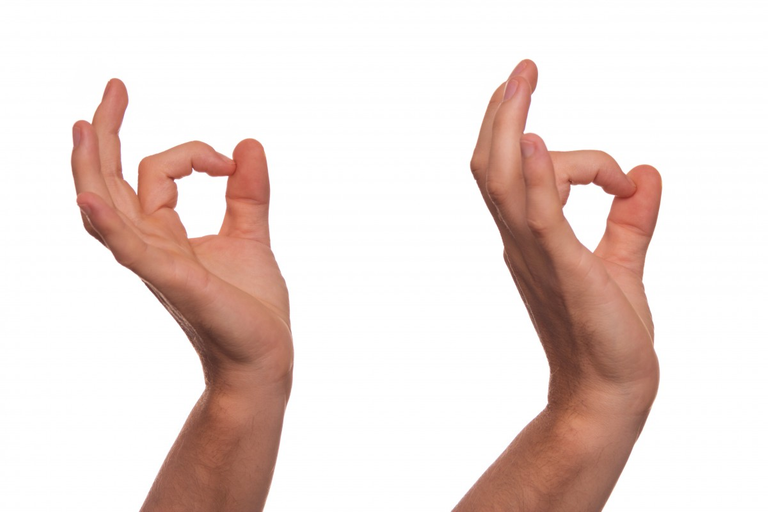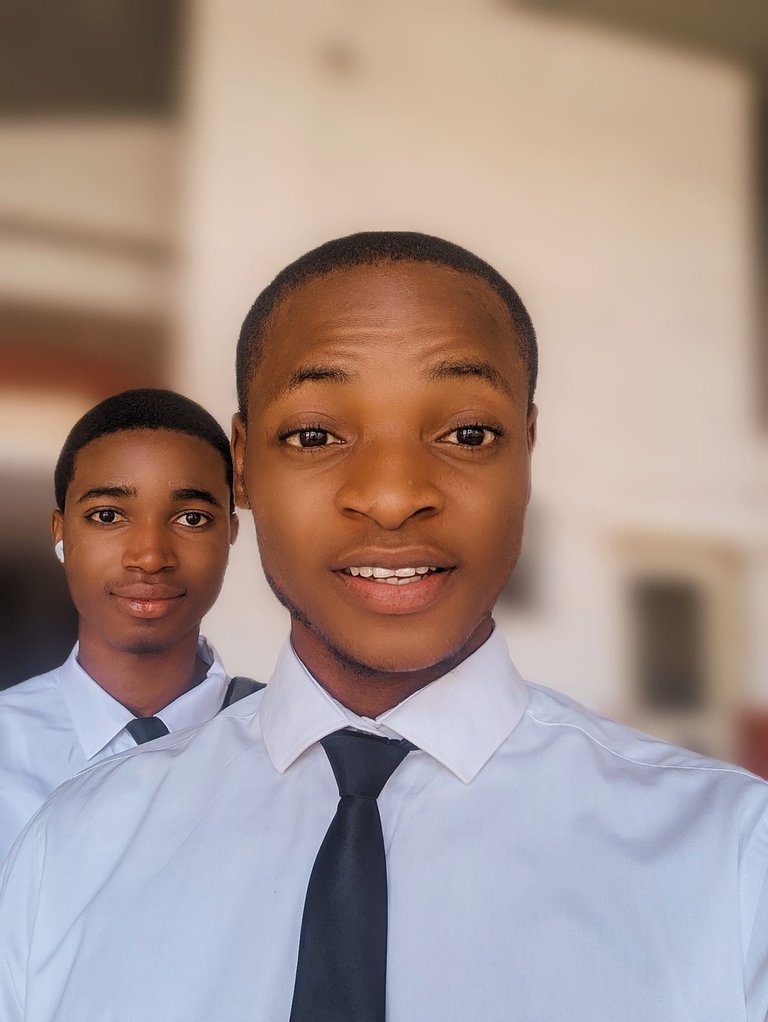Congenital mirror movement disorder

from PxHere
Hey there, this is a case study on a great topic, and I wanted to share it with you. Because of my research interests, I have learned about a wide variety of conditions affecting the upper limbs, some of which are so rare that their existence could surprise you. This post will focus on a hand disorder that is uncommon but extremely disturbing: arthrogryposis.
It is possible to be born with a disease known as congenital mirror movement disorder, in which voluntary movements on one side of the body are reflected by involuntary motions on the other side of the body. For instance, an afflicted person's left hand would mimic the action of their right hand if they made a fist with their right hand. The upper limbs, more specifically the hands and fingers, are the ones that are most commonly affected by the mirror movements that are associated with this condition. This movement pattern often lasts throughout one's life without any other accompanying symptoms or indicators. It first appears in infancy or early childhood. There is no impairment to either iq or longevity of the person.
Typing on a keyboard, for example, might be challenging for people who have congenital mirror movement disorder since the illness causes them to move their hands and fingers in various ways simultaneously. When they use their hands for a long time, they may feel pain or discomfort in their upper limbs.
Even in the same family, people with this disorder can behave in different ways. Most of the time, the movements you can't control are noticeable, but they aren't as strong as the ones you can. Most people with this condition have the same amount of movement throughout their lives.
However, even in the absence of congenital mirror movement disorder, the ability to make motions in a mirror might manifest. In young children, it is not uncommon for the mirror to make little movements as they develop normally; however, these movements usually stop by the age of 7. People with neurodegenerative diseases like Parkinson's disease can also get them as they age. The presence of mirror movements has been linked to a variety of different illnesses that exhibit a broader set of manifestations and signs (syndromes).
The condition known as congenital mirror movement dysfunction is an extremely uncommon condition. It is estimated that fewer than one in one million people have this condition. Researchers are of the opinion that some people with a moderate form of the condition may never receive a diagnosis.
What causes this condition?
Mutations in either the DCC or RAD51 gene, or both, can bring on congenital mirror movement disorder. Together, mutations in both genes are responsible for around one-third of all cases of the condition. Other cases of this disorder are probably caused by mutations in genes that haven't been found yet.
The DCC gene is accountable for supplying the information necessary to build a protein known as the netrin-1 receptor. This receptor plays an important role in the maturation of the nervous system. This receptor fits together with a chemical called netrin-1 like a lock and its key. When netrin-1 binds to its receptor, a signaling pathway is initiated, which serves to control the formation of specialized nerve cell extensions known as axons. Axons are responsible for the transmission of nerve impulses that indicate muscular action. In a normal state, impulses from each half of the brain regulate movements on the body side that is opposite from where those impulses originated. When netrin-1 binds to its receptor, it stops axons from growing in ways that would send signals for movement from each side of the brain to the same side of the body.
When the DCC gene is changed, the netrin-1 receptor protein is broken or not there at all. During the development of the nervous system, the control of axon growth isn't as good when there isn't enough functional netrin-1 receptor protein. Because of this, movement signals from each side of the brain are sent in an abnormal way to both sides of the body, causing mirror movements.
It is unknown exactly what role the RAD51 gene has in the development of nervous system processes that govern movement; however, it does supply the instructions necessary to make a protein that is suspected to be important in this development. It is unknown how a lack of functional RAD51 protein influences the development of the neurological system and leads to the signs and symptoms of congenital mirror movement disorder because mutations in the RAD51 gene result in a missing or deficient RAD51 protein.
Is there a Possibility of Passing It On?
This syndrome is autosomal dominantly inherited in the majority of cases including those that are brought on by mutations in the DCC or RAD51 gene. This implies that it only takes one copy of the mutated gene to be present in each cell for the problem to be brought on. In the vast majority of instances, an afflicted person has at least one parent who carries the mutated gene. Reduced penetrance is the term used to describe the phenomenon in which some people who have the changed gene never get the ailment.
According to research, this disorder may be inherited in extremely unusual circumstances in the form of an autosomal recessive pattern. This pattern indicates that both copies of the gene present in each cell have mutations. Parents of a child who has a disorder that is passed down by autosomal recessive inheritance each contain one copy of the defective gene, but in most cases, the parents do not exhibit any signs or symptoms of the illness themselves.
That brings us to the conclusion. I want to express my gratitude to you for taking the time to read this post, and I pray that God will richly reward you.

Reference
- Méneret, A., Trouillard, O., Dunoyer, M., Depienne, C., & Roze, E. (2020, September 24). Congenital Mirror Movements - GeneReviews® - NCBI Bookshelf. Congenital Mirror Movements - GeneReviews® - NCBI Bookshelf. https://www.ncbi.nlm.nih.gov/books/NBK279760/
- Congenital mirror movement disorder - About the Disease - Genetic and Rare Diseases Information Center. (n.d.). Congenital Mirror Movement Disorder - About the Disease - Genetic and Rare Diseases Information Center. https://rarediseases.info.nih.gov/diseases/12551/congenital-mirror-movement-disorder/
- Congenital mirror movement disorder: MedlinePlus Genetics. (2015, April 1). Congenital Mirror Movement Disorder: MedlinePlus Genetics. https://medlineplus.gov/genetics/condition/congenital-mirror-movement-disorder/
- Congenital mirror movement disorder - National Organization for Rare Disorders. (2022, June 16). National Organization for Rare Disorders. https://rarediseases.org/gard-rare-disease/congenital-mirror-movement-disorder/
- Congenital mirror movement disorder - National Organization for Rare Disorders. (2022, June 16). National Organization for Rare Disorders. https://rarediseases.org/gard-rare-disease/congenital-mirror-movement-disorder/


Congratulations @jsalvage! You have completed the following achievement on the Hive blockchain And have been rewarded with New badge(s)
Your next target is to reach 40000 upvotes.
You can view your badges on your board and compare yourself to others in the Ranking
If you no longer want to receive notifications, reply to this comment with the word
STOPCheck out our last posts:
Support the HiveBuzz project. Vote for our proposal!
It is indeed rare as this is my first time hearing of it.
Thanks for the post.
The disorder is not common though but significant when present.
I'm glad you stopped by.
Thanks for your contribution to the STEMsocial community. Feel free to join us on discord to get to know the rest of us!
Please consider delegating to the @stemsocial account (85% of the curation rewards are returned).
You may also include @stemsocial as a beneficiary of the rewards of this post to get a stronger support.